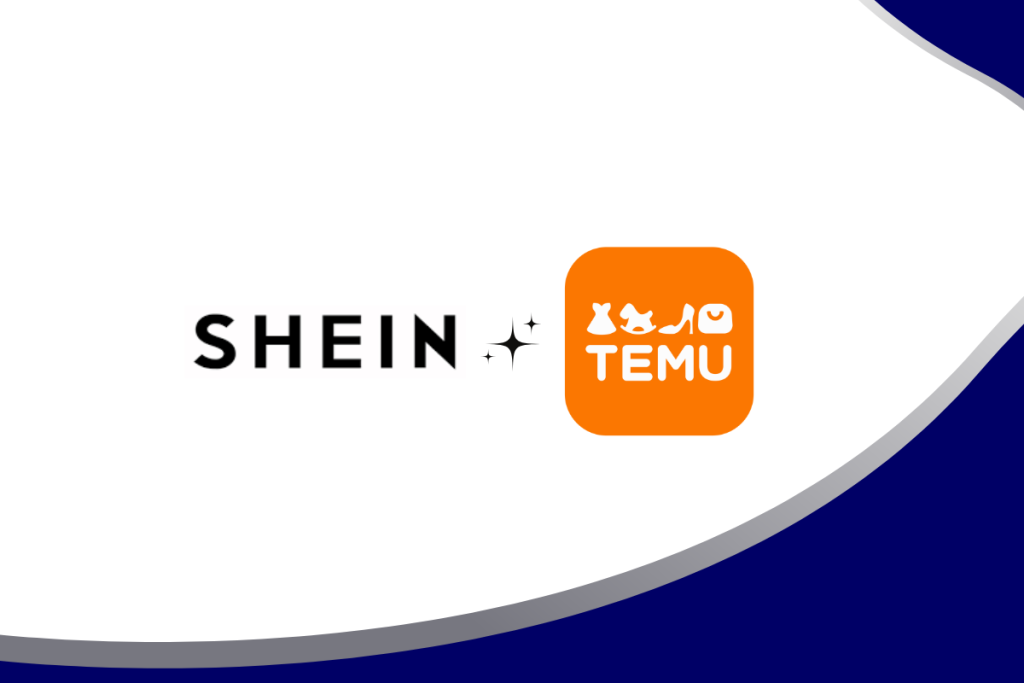Following the imposition of steep tariffs on Chinese imports, Shein and Temu have alerted their American customers to expect price increases. According to statements shared with customers and reported by the BBC, both e-commerce platforms cited “recent changes in global trade rules and tariffs” as the drivers behind their rising operational costs.
The companies confirmed that as of April 25, they would implement “price adjustments” across their product offerings. The newly implemented tariffs, reaching up to 145% on Chinese imports, and the termination of the de minimis exemption for goods under $800 mark a sharp turn in U.S.-China trade relations.
Fulfillment Models Strained as Costs and Complexity Rise
Millions of low-value parcels that once entered the U.S. duty-free now face steep duties, reshaping fulfillment strategies almost overnight. With the de minimis loophole closed, companies shipping direct-to-consumer from China are now wrestling with added customs compliance, higher costs, and longer processing times.
Shein and Temu’s immediate price adjustments — coupled with reductions in U.S. advertising activity — reflect early signs of the operational and demand-side pressures this regulatory environment is creating.
For supply chain leaders, re-evaluating landed cost structures and customs strategies is no longer optional. Regional distribution models, bonded warehousing, and alternative sourcing strategies closer to the customer are becoming necessary considerations for maintaining service levels and margin integrity.
In 2023 alone, U.S. Customs and Border Protection processed 1.4 billion packages under the now-scrapped exemption. Now, with those goods subject to full duties, the economics of fast, cheap cross-border e-commerce have been fundamentally altered.
Action plan: Companies dependent on cross-border flows from Asia must reassess their sourcing, distribution, and risk management strategies.
Regionalization of inventory — particularly into Mexico, Canada, or bonded warehouses — offers a near-term lever for tariff mitigation. Leaders should prioritize fulfillment flexibility and customs expertise as core operational capabilities, not optional extras.
Geopolitical Risk and Supply Chain Planning: Time for a Mindset Shift
Beyond immediate cost concerns, the Shein-Temu developments reveal how quickly political shifts can impact not only supply chains but also customer access and brand competitiveness. Shein and Temu’s app download rankings in the U.S. have already fallen, mirroring their more muted customer engagement strategies.
Once framed mainly as cost centers, trade compliance and geopolitical risk management must now be viewed as integral to market access and brand resilience. The cancellation of the de minimis exemption, officially justified by concerns over illicit goods and unsafe imports, illustrates how political narratives can rapidly reshape operational conditions.
Actionable next steps: Companies can incorporate geopolitical risk scoring into their sourcing decisions and fulfillment network planning. This includes regular scenario modeling to prepare for sudden regulatory shifts affecting customs duties, sanctions, or cross-border data flows.
Building Sustainable Flexibility
The recent price movements by Shein and Temu offer a timely reminder of how intertwined trade policy and supply chain strategy have become. Operational models built solely on cost efficiency, without sufficient resilience to regulatory or geopolitical change, are increasingly exposed to disruption.
For supply chain leaders, the path forward lies in embedding optionality into supplier networks, designing fulfillment systems that can adapt across regions, and ensuring customs and compliance capabilities are robust enough to manage evolving duty structures.







